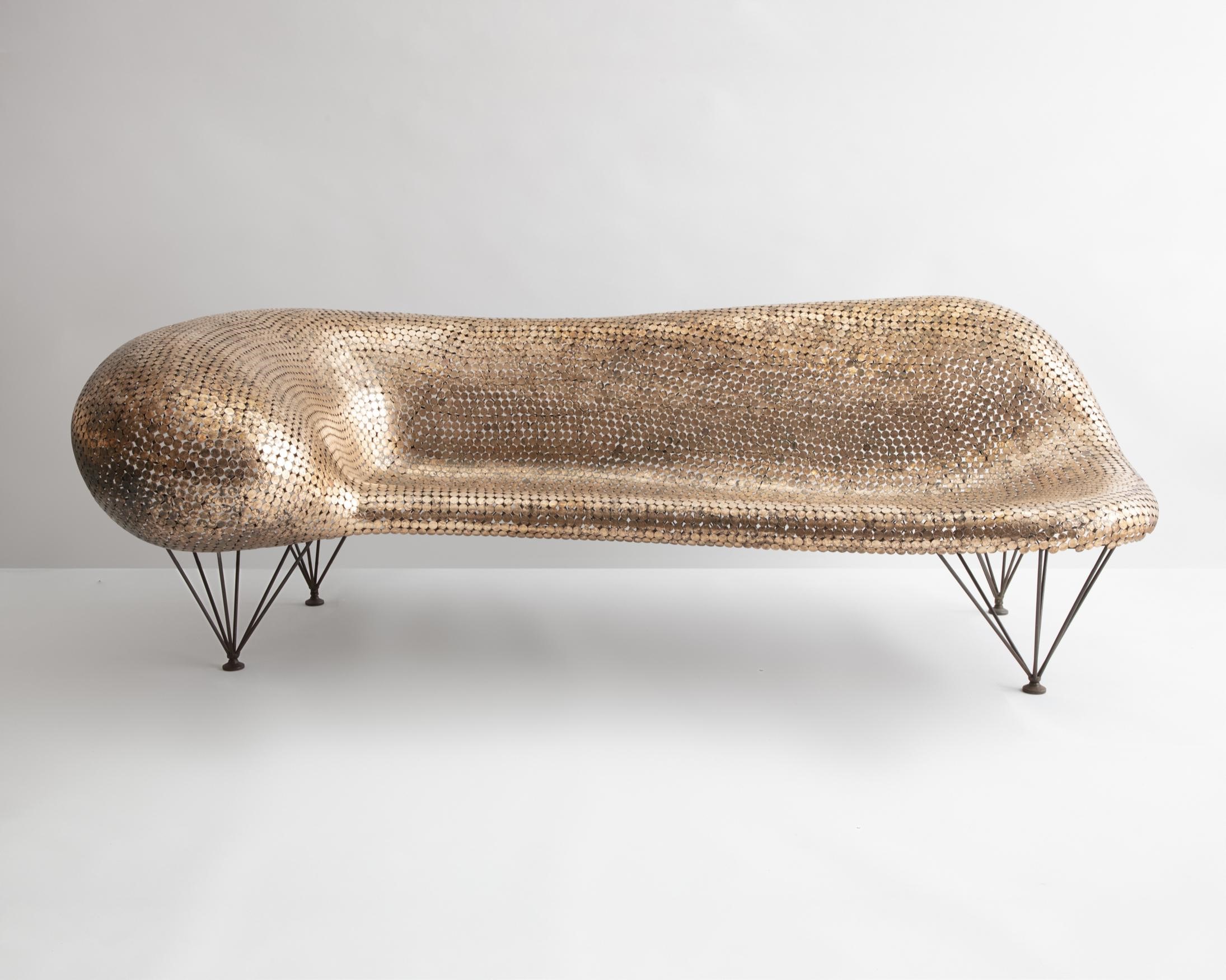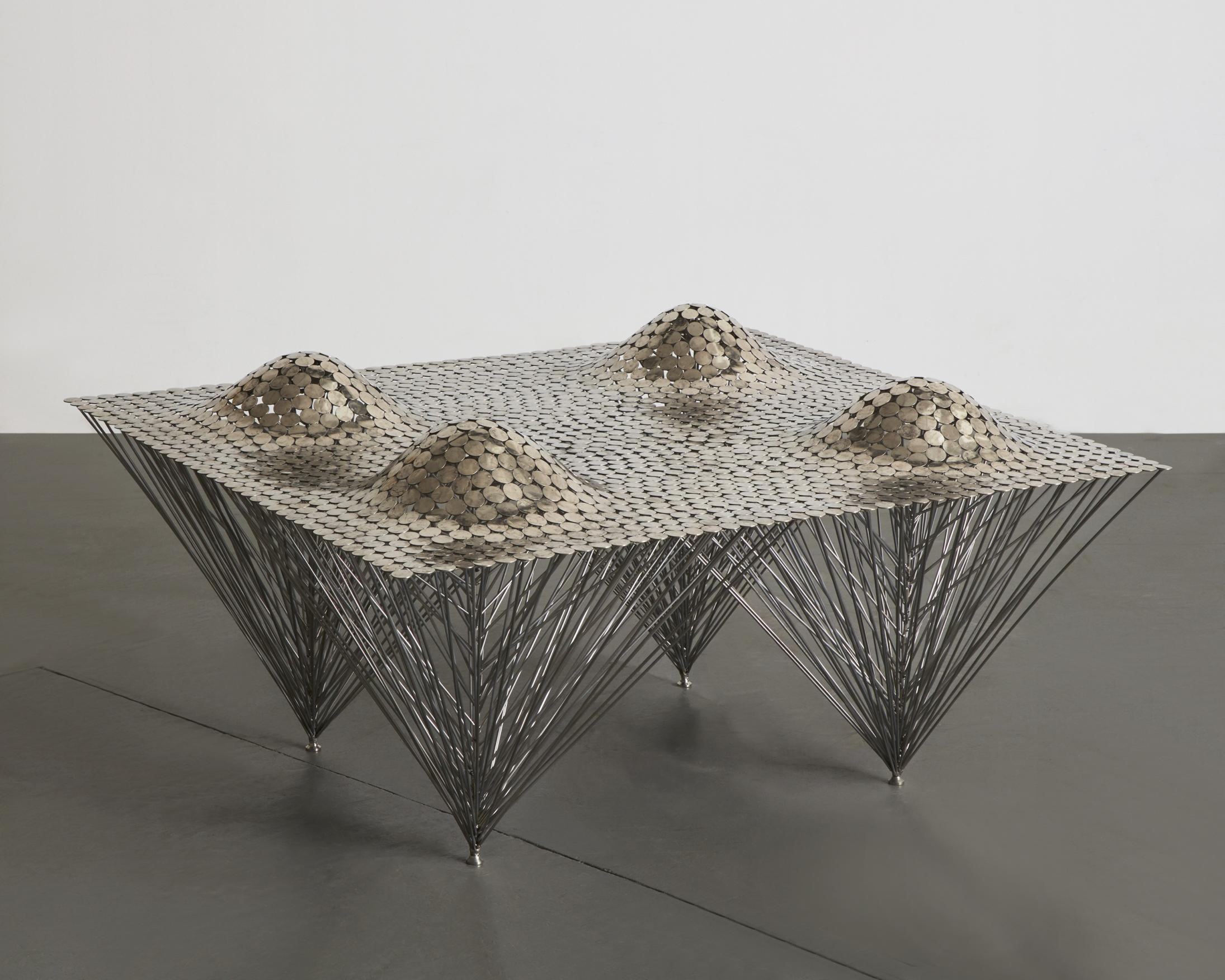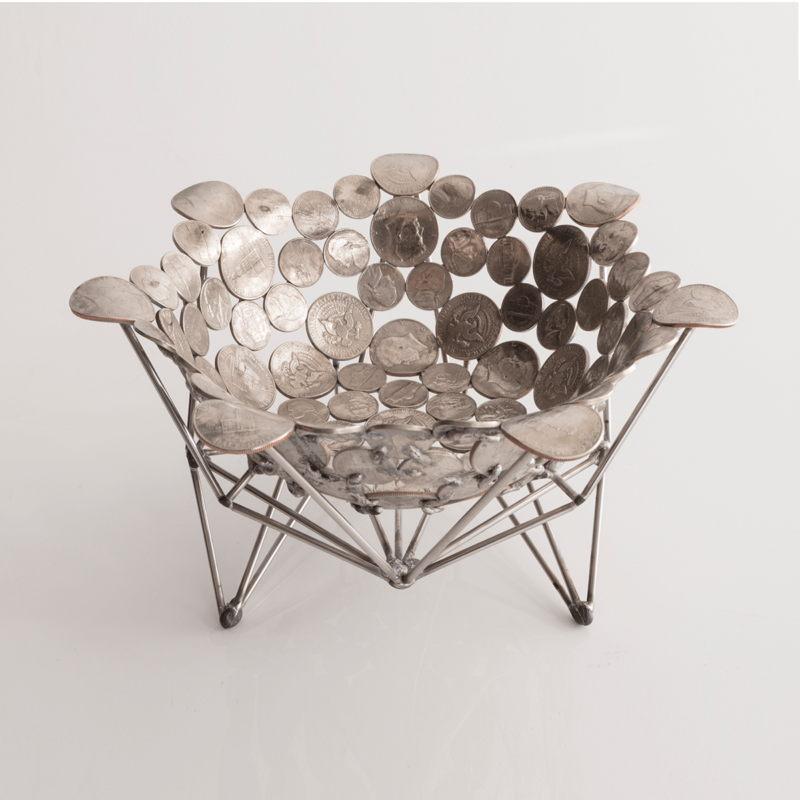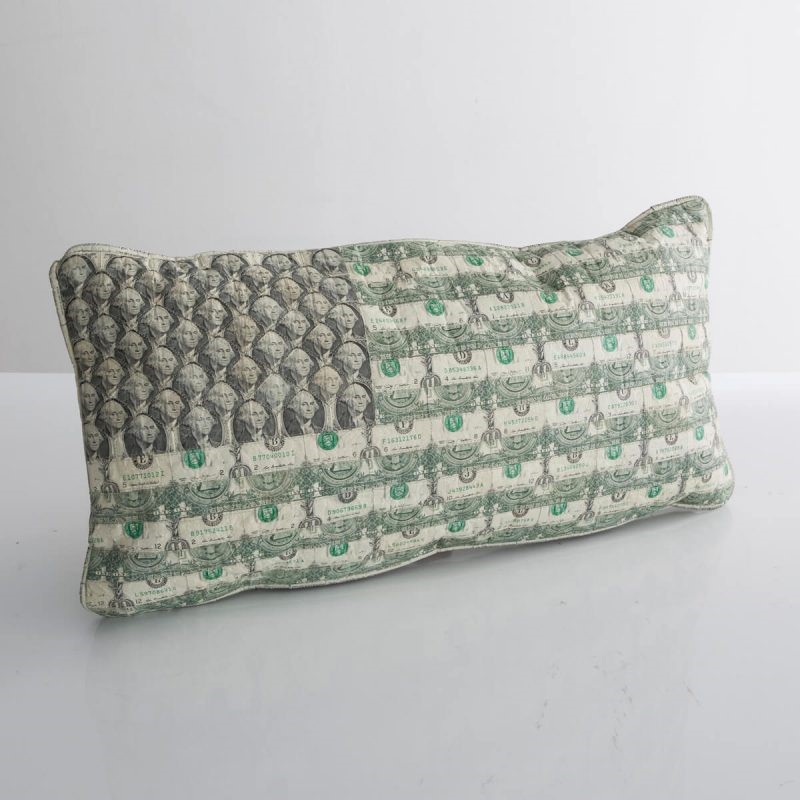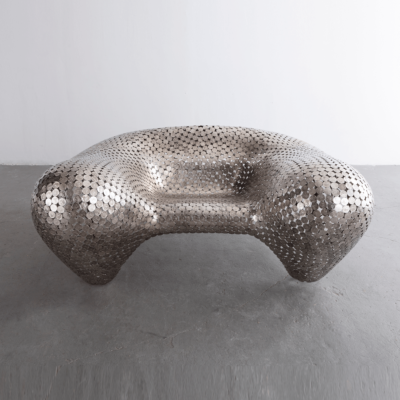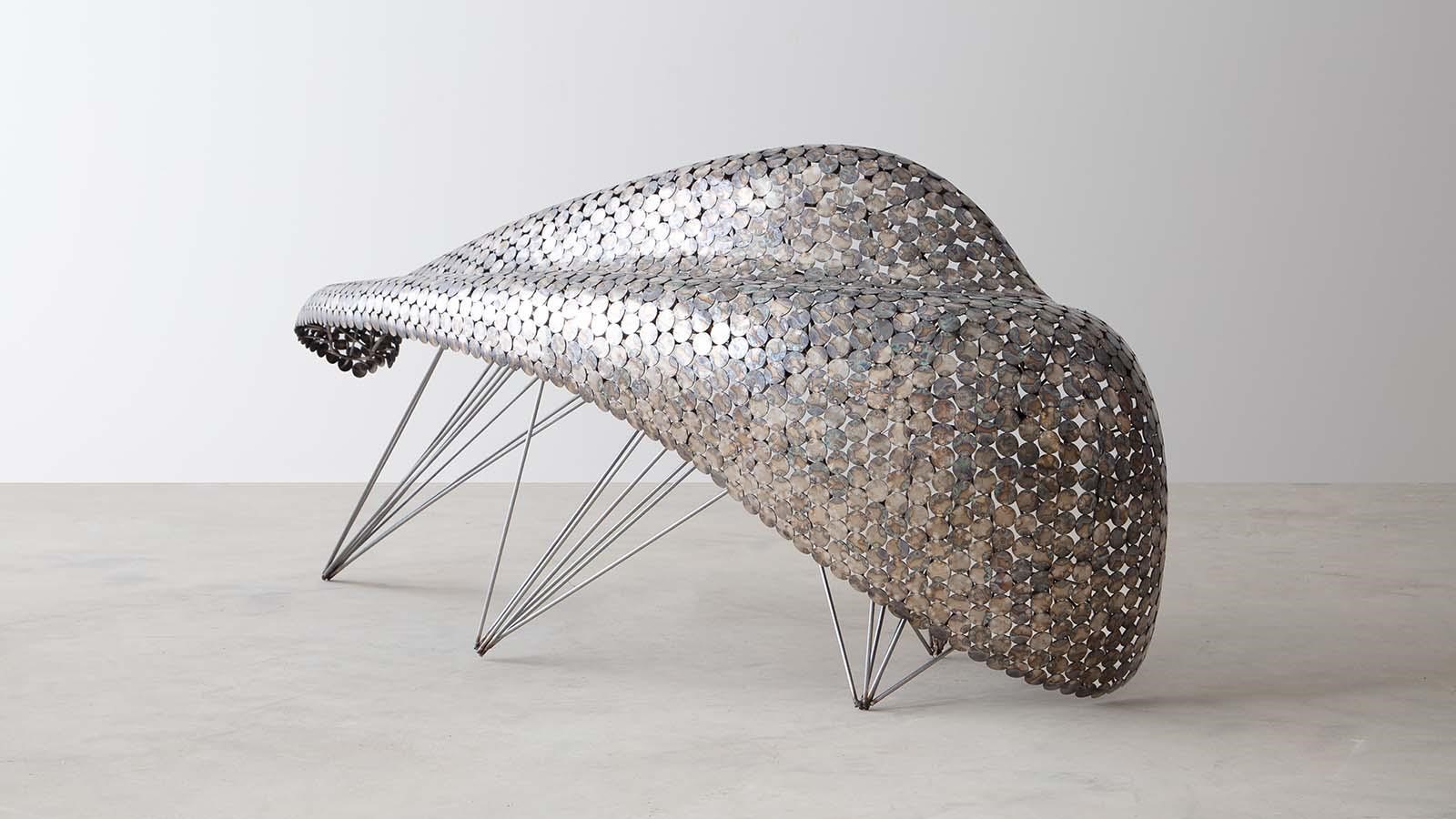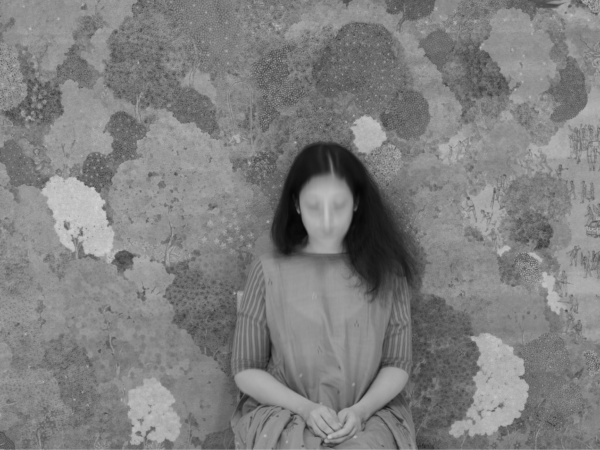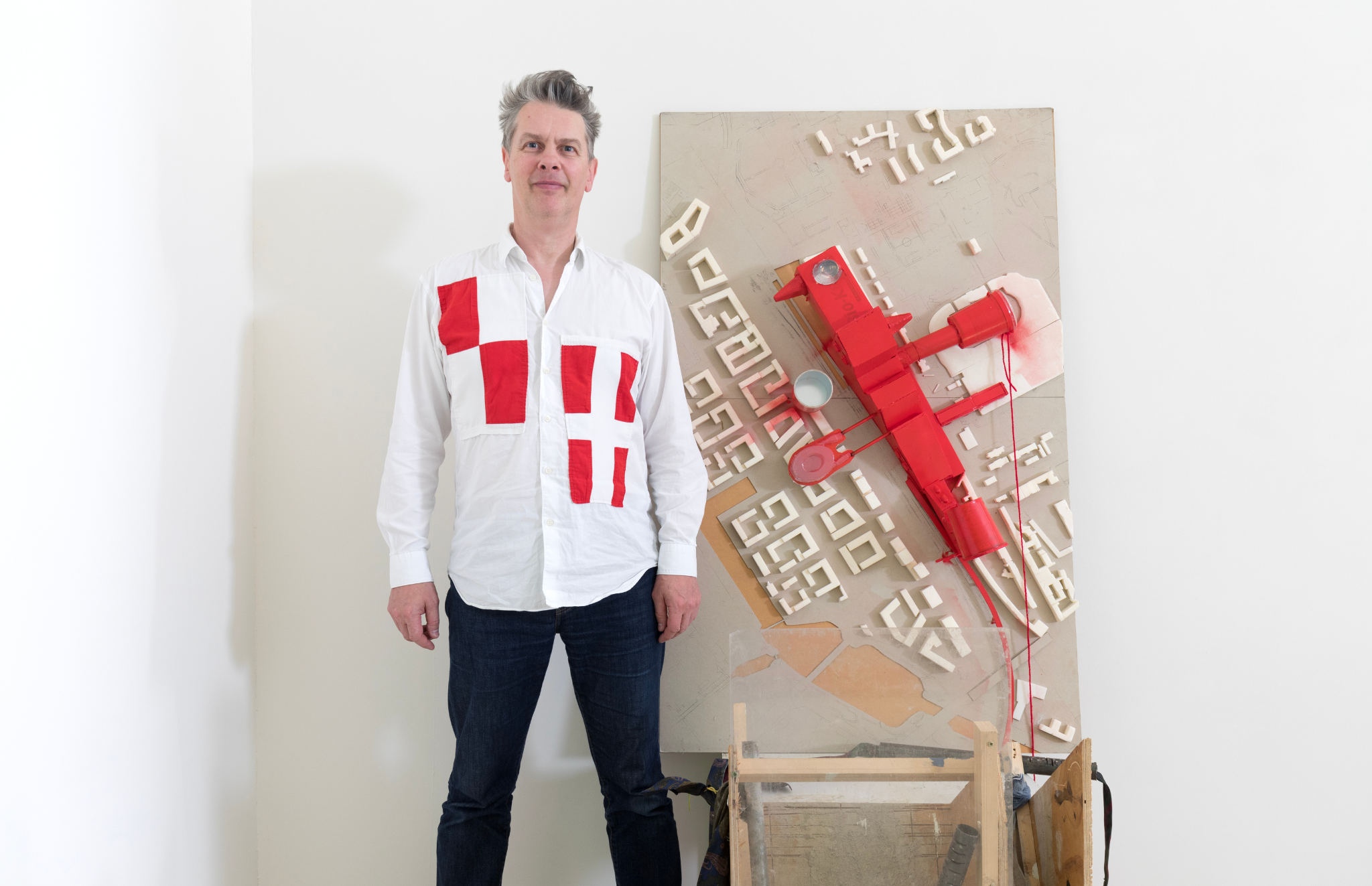Johnny Swing was born in 1961 in Salisbury, Connecticut. He is fascinated by curves and biomorphic forms. From a young age, he even saw hard, structural metal as “fluid, or liquid” and had an ability to “whip it into shape.” Today, the 58-year-old artist is most known for his iconic coin furniture.
SP: A brief introduction to your early education?
JS: My mother was a painter and I always liked making things. I drew and I created stuff a lot when I was a kid. One of the fun stories is that my mother had a sewing machine and I was obsessed with cars and I always wanted to go fast. The sewing machine had like a throttle pedal on it, the more it was pushed down the faster it went and it especially taught me to sew and for me, it was like driving a car and so I made a lot of things with the sewing machine early on. I always drew pictures, like one time my family was having a dinner party and I set up like a toll booth in the hallway for all the guests that were coming to have dinner with my family, they had to stop at the toll booth and buy a drawing pen from me, I think I was about 5 when that happened. I didn’t do well in school when I was younger, the only thing I was good at was art class and it sounds like an excuse but I was actually good at it. I did that in elementary school and high school and in college. I had a hard time to work with others, I got inspired with art history and I ended up doing well in that. I did a lot of street art and painted sculptures and my workshop was a gas station which was a performing garage.
SP: What was your inspiration and how did you decide to design furniture?
JS: I made things to sit on as long as I can remember. I made my mother a bench to sit on when I was in elementary school. Even that bench sort of had aspects of it, I had to think about what was different about that bench and what was my motivation for it. I Never wanted to make a bench like everybody else’s bench. Even in college, I would make a chair that was better than everyday else’s chair. Where the really big change for me was, I worked on a project in Long Islands city Queens which is in the Suburbs of New York City for two and a half years where I did an installation sculpture and the sculpture ended up in federal lawsuit regarding property rights but what I took most from that project was my love of surrounding people with my work. Installation art is such a privilege, it’s pretty limited in terms of what type of places can have that stuff in it. But everybody needs furniture, everybody likes to sit down and everybody likes an environment where they are comfortable and I was like wow I think I can really fulfill my goals for what I want or what to be which really is a place where people are happy, a place where people enjoy themselves, a place where people are having an experience which they don’t necessarily expect and for me furniture first has to be comfortable and second inspiring in some way and most times when people sit down, they’re having a somewhat transformable experience, inevitably things are happening which they don’t expect to happen, whether it’s the surprise of the currency or surprise that it’s so comfortable or just even the experience of taking their hands and moving it along the surface which serves the light of the Smoothness that I have created.
SP: You are well renowned for making works using coins, “what makes the world go round” in your own words? Would you like to talk a little about that?
JS: This is one of my favorite topics. I started working with coins/pennies because they were so discarded by our societies that I was so amazed at these old sculptures themselves that were just lying around and nobody really wanted them including myself, I didn’t really have a lot of passion for them but I was just amazed that something so precious is disregarded by our whole society. The government currency has to be respected by the government and yet people did not want them and they were of so little value and I was able to find purpose and value for them by welding and making furniture out of them and all of a sudden something that wasn’t valuable became valuable and I brought them back to their stature.
SP: What has your artistic process been like at an early stage? as It undergone any significant change with the advent of the global pandemic and the limits of mobility we face today?
JS: The pandemic has helped me understand what a privilege it is to be able to work now that our work is very limited. We are not really allowed to leave our house to do anything but my workshop is my own private space so I am going there and trying to keep my ideas going forward. But the pandemic had two other effects that I didn’t really realize as much, which is my work is very tactile and now there’s this aspect that touching things is riskier so that kind of limits people’s capability. Lots of people visit my workshops and they’re doing that less now and my work involves a lot of public locations but people are not out in public now. I make my work for people to enjoy it and experience it but the experience is much less now. The other thing about the pandemic is that the people are touching things less and that means, therefore, they’re touching coins less and it’s almost making coins seem more exotic, making coins seem more distant and out of reach. Since the pandemic I am sure it’s the same for you, I am sure you’re not giving anybody coins now, you must as well be making all your transactions via credit card now. If you hand somebody a dollar bill you’re nervous that you might be giving them something more than the dollar, this is a wake-up call for all of us I guess.
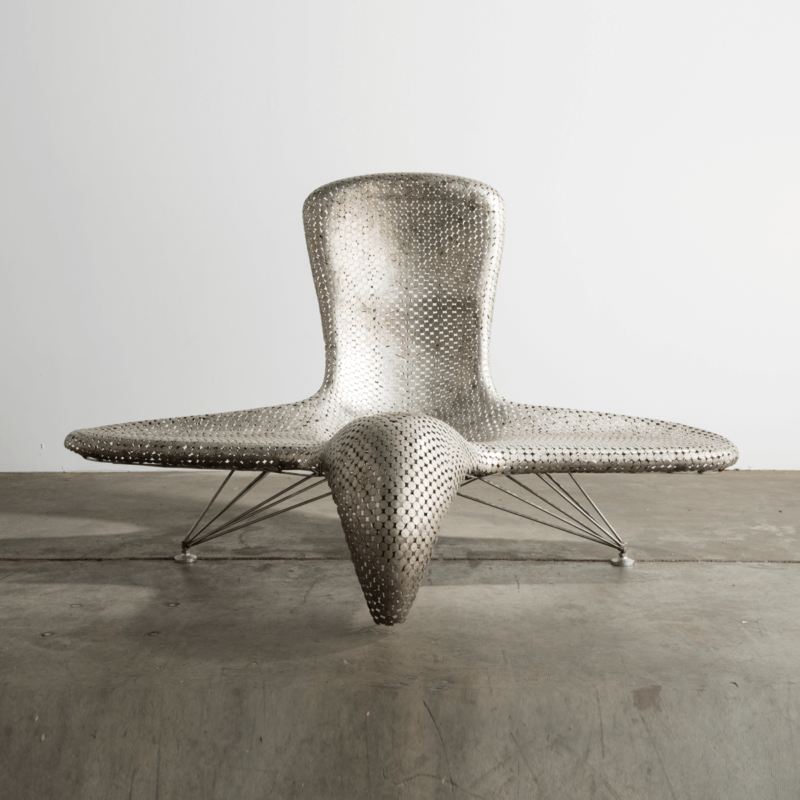 Kora-lle, bench in welded half dollars & stainless steel, 2013
Kora-lle, bench in welded half dollars & stainless steel, 2013
SP: Do you ever plan to visit India in the near future?
JS: I would love to visit India. I have a brother in law from Trivandrum and I have always enjoyed hearing his stories and it would be fun. I’m a little bit of a nester and I have a farm with cows, sheep and chickens and it’s hard not to love where I live and I am not a big traveler but India has been in my list of things to do. I do yoga but I’m not really good at it but I am sure it would be amazing to do yoga in India. It’s definitely in my list of countries to visit and I am sure it’s going to be amazing as it’s so big and from what I have heard it’s got a range from very hot to very cold to forests to deserts and I’ve heard that the train trips in India are spectacular. It’s one of my dreams and I have been lucky enough to have a lot of my dreams come true.
SP: What are you working on now? Do you have any upcoming shows or any obsessions? .
JS: I’m working on a body of work for a new show right now and it’s sort of going to be in the shape of an egg, It’s seven different pieces of furniture that fit together to create one big shape. The working title at the moment is the fast egg. There’s one piece that’s round and yolk shaped and the rest of the six pieces are all frothy whites but they’re a little bit sleek and sexy like it looks like a train from the future moving through space. Each piece can stand on its own but they fit together like puzzle pieces. The show was supposed to be in May and It’s been canceled and now I don’t know whether it will be in the summer or the next fall it all depends on this pandemic and the changes it will bring. The important thing is a lot of people can visit the work when it’s on view because my work never really photographs as well and it should because it’s so dynamic in a way where people get their fun from experiencing it be it being underneath it or sitting on it or walking around it. In terms of obsessions, I think the work itself is an obsession, you know you have 6 to 7 thousand coins working together with 50-60 welds in them. My whole life is an obsession, I get very obsessive about what I am doing and I think obsession is a negative word for enthusiasts. I love what I do and I love waking up in the morning. I was speaking with my assistant earlier and sort of joking around about how obsessed I am with quitting things. Right now I have too many hobbies and I am trying to have fewer things that I am too excited about and they’re almost like distractions, I have old cars, I go kayaking, I have a farm, I have motorcycles, I have an old house to keep, I have firewood where I like to spend most of my weekends on and I am always working on different things but really right now I am more focused on the work for the show which I have been working on for a little while now.
SP: Request you to pepper it with some interesting antidotes?
JS: One thought was when I worked on starting the Remington school in New York in the early ’80s, I was pulling it down the street with my jeep which is like an off-road vehicle like a land rover and I got chased down the street by a policeman on a horse and it was a Sunday morning at about 6 in the morning and he asked what were we doing and we explained to him that we were starting a sculpture park down the street on a vacant plot and he just looked at us and I think it would be way harder to write us up and about what we were doing by dragging it behind the vehicle down the road on a Sunday morning. He just shook his head and rode off. Lots of good stories from New York, there was a fun time in the early ’80s, bolting sculptures up under parking samples was really one of the most enlightening art experiences I have ever had as you learn to not be precious about something you made which is really funny because now I make really precious things but you would put a sculpture on a no parking sign and it would be there for anywhere between hours or even years and you just didn’t know and you just did it because you love making things and wanted to share them and they got a lot of attention, so those were really good times. I live in the countryside now and I am focused and it is much better for me. New York was sort of an amazing show like the whole thing was like a performance piece. Now I live in the country, I get to go to work when I wake up in the morning. New York was sort of undefined. I like the country and I like having farm animals. Every day I have a new story if you call me tomorrow I will have a new story for you.
Find out more about the artist:



